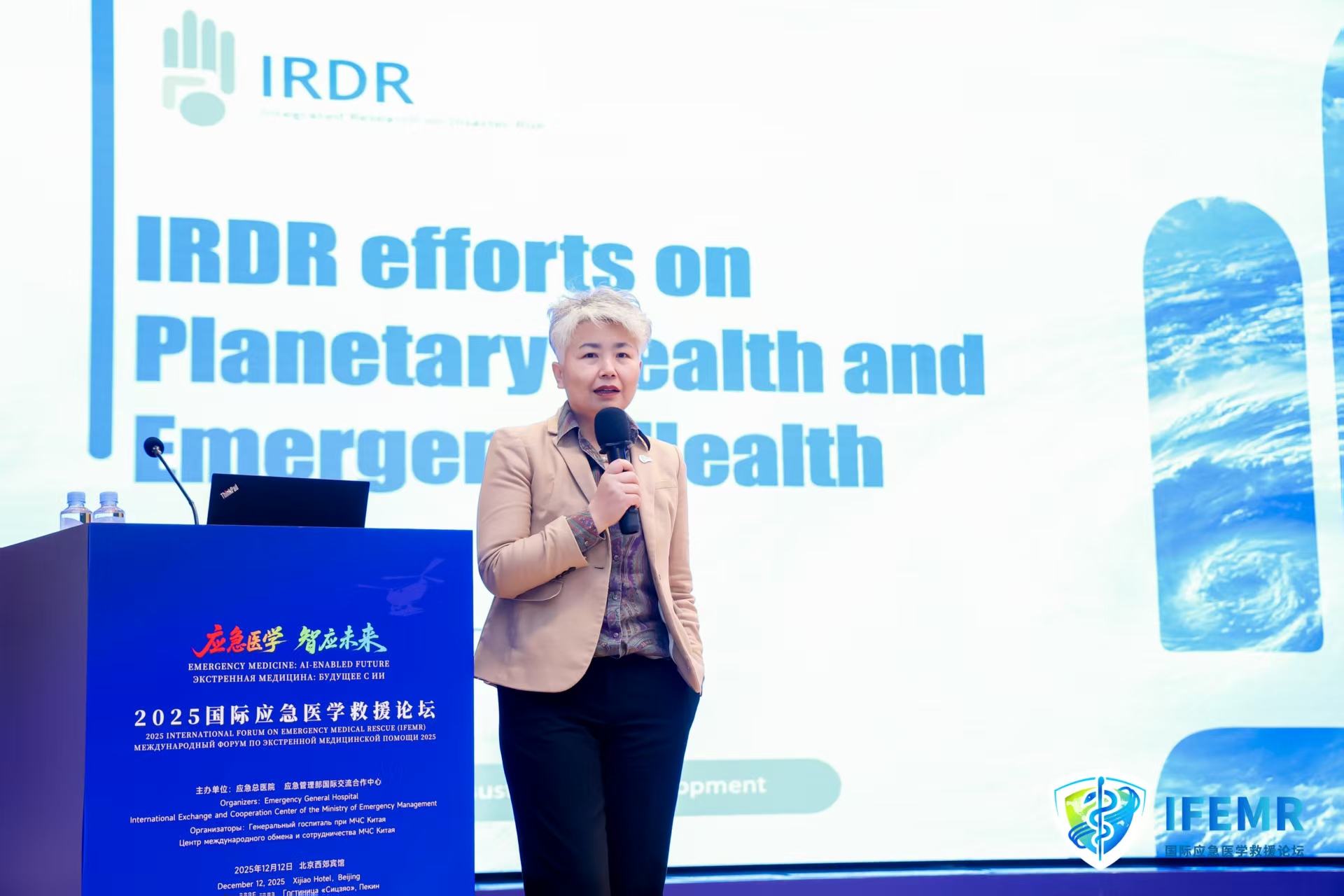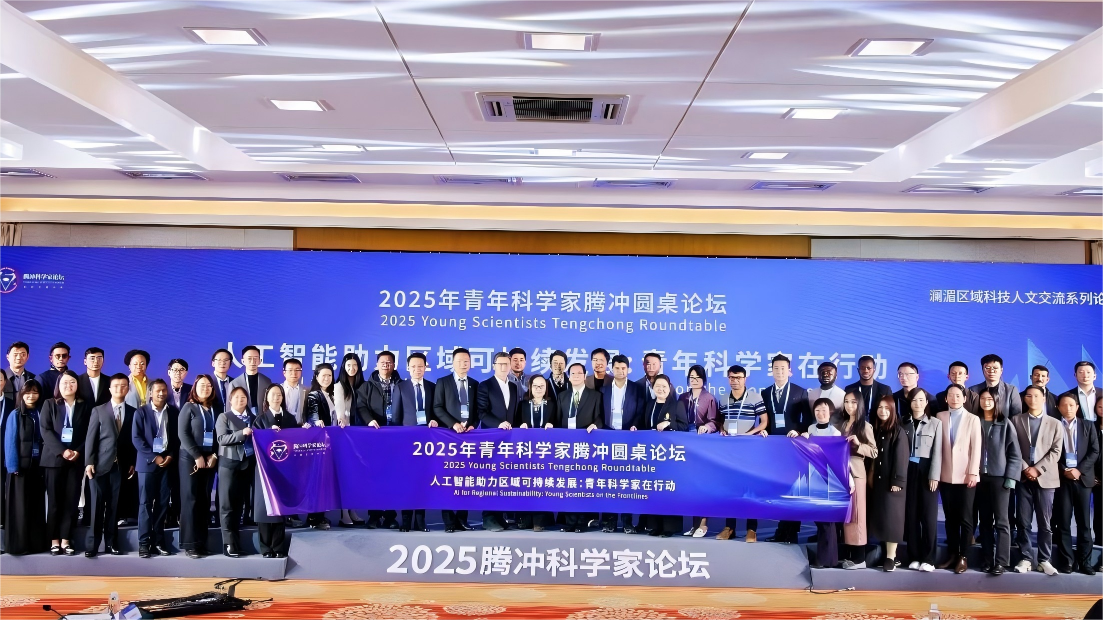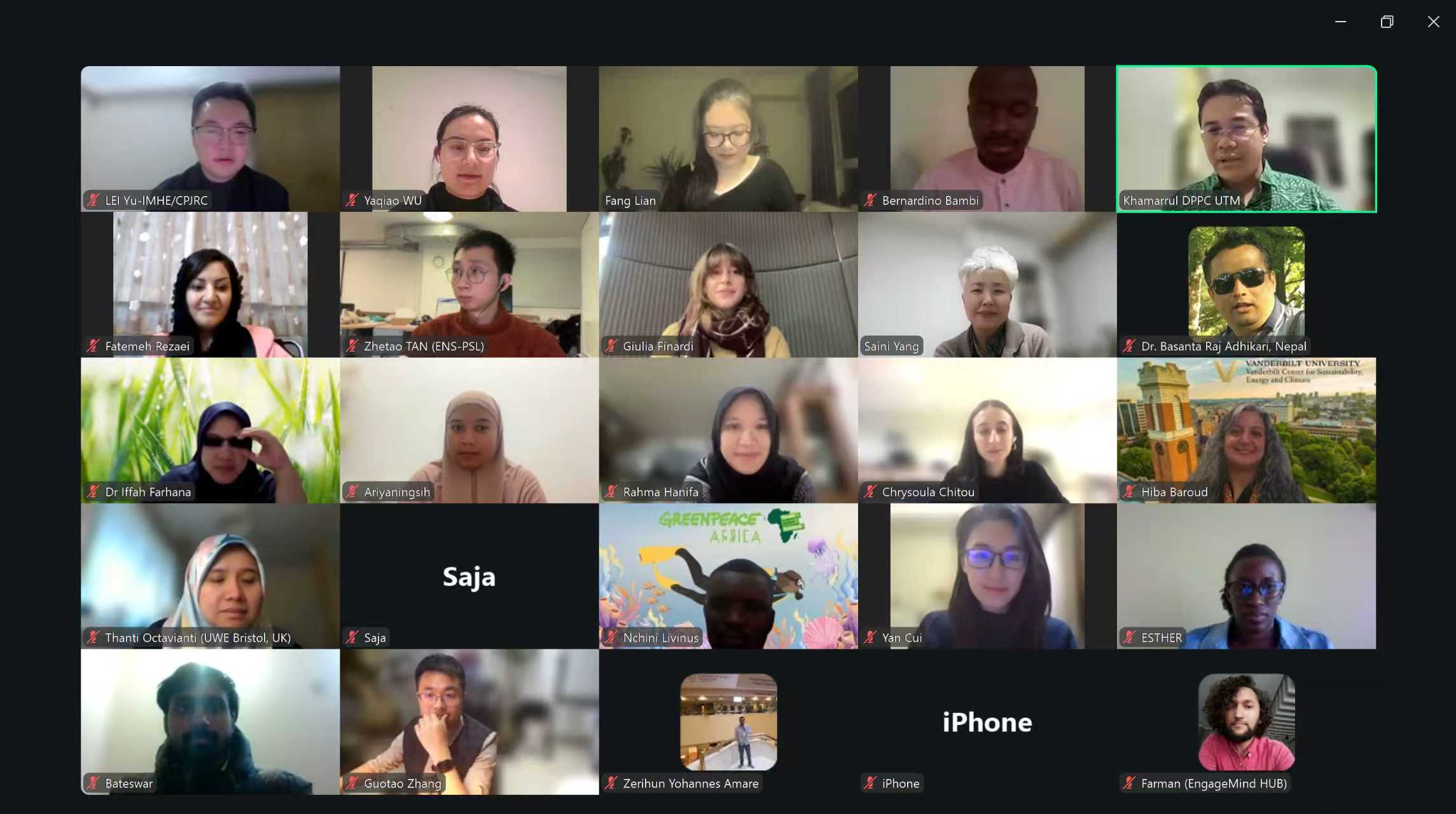 From 27-29 January 2016, UNISDR SCIENCE AND TECHNOLOGY CONFERENCE ON THE IMPLEMENTATION OF THE SENDAI FRAMEWORK FOR DISASTER RISK REDUCTION 2015-2030 was held in Geneva, Switzerland. The conference successfully launched the Science and Technology Partnership, and crystallized an agenda for the science and policy community to support the implementation of the Sendai Framework.
From 27-29 January 2016, UNISDR SCIENCE AND TECHNOLOGY CONFERENCE ON THE IMPLEMENTATION OF THE SENDAI FRAMEWORK FOR DISASTER RISK REDUCTION 2015-2030 was held in Geneva, Switzerland. The conference successfully launched the Science and Technology Partnership, and crystallized an agenda for the science and policy community to support the implementation of the Sendai Framework.
Each session from the conference and its related concept papers are reflected in Reflections on a Science and Technology Agenda for 21st Century Disaster Risk Reduction Based on the Scientific Content of the 2016 UNISDR Science and Technology Conference on the Implementation of the Sendai Framework for Disaster Risk Reduction 2015–2030 by Aitsi-Selmi, A., V. Murray, C. Wannous, C. Dickinson, D. Johnston, A. Kawasaki, A.-S. Stevance, T. Yeung.
A shorter Progress Report article of two pages is also enclosed: Global Community of Disaster Risk Reduction Scientists and Decision Makers Endorse a Science and Technology Partnership to Support the Implementation of the Sendai Framework for Disaster Risk Reduction 2015–2030 by C. Dickinson, Aitsi-Selmi, A., P. Basasbe, C. Wannous, V. Murray.
A number of concrete recommendations came out of the conference and include:
1) Need for formal ‘‘national DRR science-policy councils/platforms’’ or a form of national focal points for science to support disaster risk reduction and management plans identified. Focal points could include platforms or chief scientific advisors function.
2) Focusing more attention on understanding the root causes and underlying risk factors of disaster risk including inter-linkages between DRR, sustainable development, and climate change mitigation and adaptation, and ensuring DRR is mainstreamed into other sectors, policies, and strategies. A call for an evidence-based review of risk assessment and its implementation was made.
3) Conducting a periodic review of knowledge needs, new science (including implementation science), and research gaps. More effort is needed to work out how to achieve this and ensure avoiding duplication of effort.
4) Using the expanding S&T evidence base to support capacity building and ensure that capacity development for disaster risk management is interdisciplinary, shared across international boundaries, and demand-driven.
5) Leveraging science for DRR through innovative schemes that are long-term and provide opportunities to enhance the dialogue between decision makers and researchers through interdisciplinary and participatory networks to ensure integrated disaster risk governance.
6) Supporting integrated and holistic approaches to the use of S&T for DRR that reflect the wide scope of the Sendai Framework, which applies to disasters caused by natural or human-made hazards, as well as environmental, technological, and biological hazards.
7) Enhancing the role of social science in the multidisciplinary effort to understand behavior and decision making in DRR and the role of the wider societal context in disaster risk creation and reduction, and incorporating key markers of socioeconomic vulnerability.
8) Supporting open access, multi-hazard data platforms and standardized approaches and tools to map and use of data and scenarios that make science sensible to decision makers and the general public.
9) Using participatory approaches for communities to work together to co-produce risk knowledge, define options, and support evidence-based decision making. Users must be included in the earliest stages of developing research and technology, including through improved dialogues with citizen groups, involvement of local and national universities and institutions, young scientists, and the use of indigenous knowledge.
10) Documenting and analyzing the effects of disasters and DRR interventions, including ethical implications of scientific research.
11) Strengthening DRR science-policy and cross-sectoral dialogues to facilitate risk assessments, post disaster reviews, data sharing, and decision making.
12) Producing guidelines for evidence-based risk assessments and their implementation to support the practical application of risk assessment.





